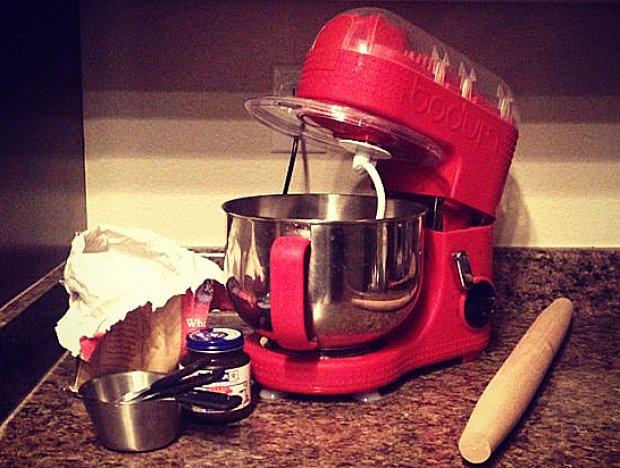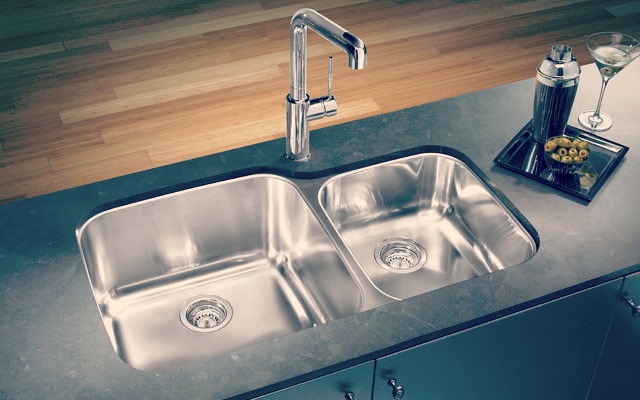After a busy day, we all like to unwind in our living room and outdoor area. But when it comes to getting some serious relaxing time and a good night’s sleep, nothing can beat a comfortable bed – and that goes beyond a high-end mattress.
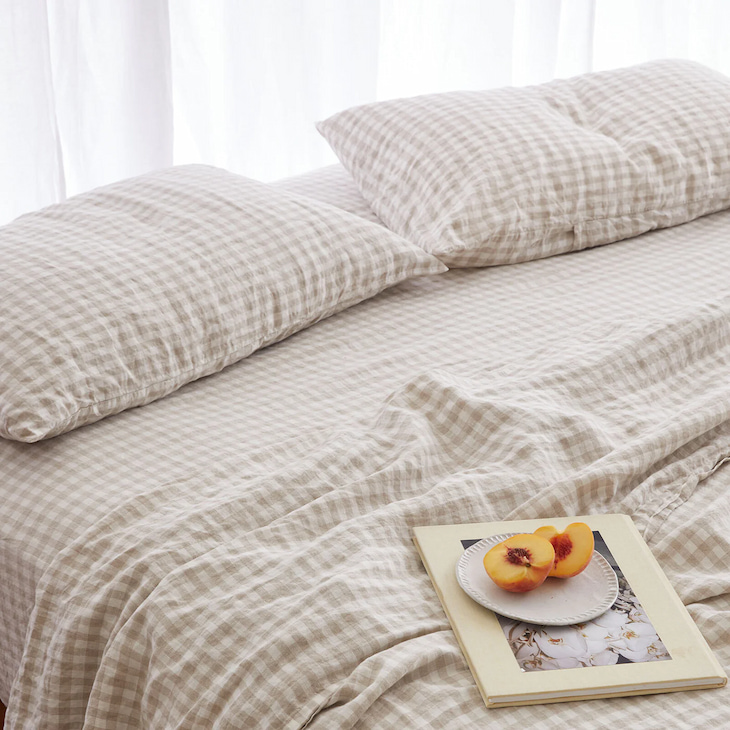
Your bedroom sheets are also essential for setting up the optimal sleeping environment. To make sure you get the right kind for you, it’s necessary to be aware of your alternatives. I’ve put together a full breakdown of some of the most common sheet types on the market and their benefits to help you make your bed the most comfortable place in your home.
Cotton
The most common material used to produce bed linens is cotton. Cotton is cool, breathable and forgiving when it comes to stains. Through time and washings, cotton sheets also get softer while still being durable.
However, not all cotton bedroom sheets available on the market are created equal, and some are better than others.
Egyptian
The finest cotton you can get is Egyptian cotton, which has a silky finish, excellent durability, and is resistant to pilling. Because Egyptian cotton is generally manufactured with an extra-long staple (the longest cotton fibre available) it can be very expensive.
Pima
Pima is second only to Egyptian cotton. Made from long-staple fibres as well, it is high quality, durable, and extremely soft without being as expensive as Egyptian.
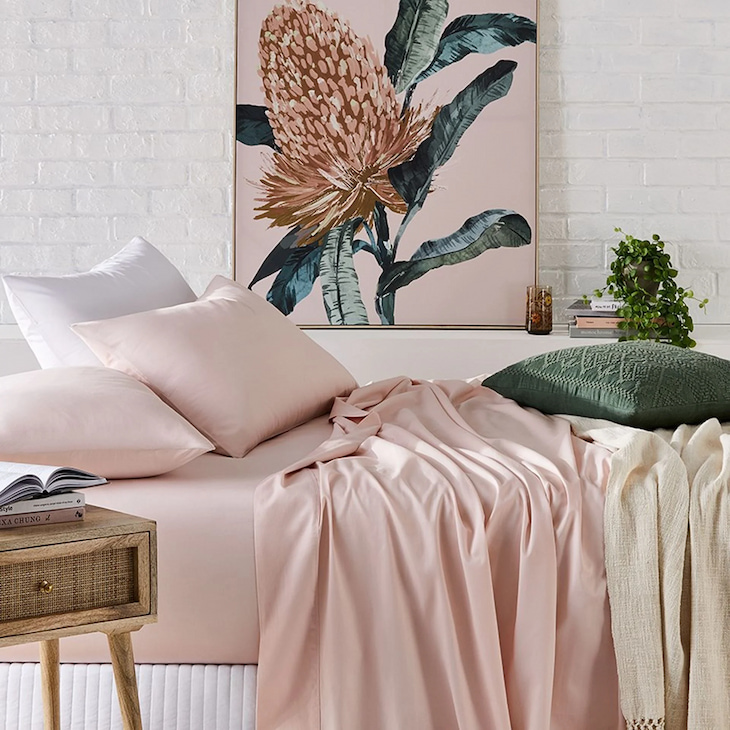
Upland
This short-staple fabric is the most widely available kind and has a lesser quality than both Pima and Egyptian. The term 100% cotton you often read on sheet labels usually means upland. While extremely durable, upland isn’t as soft as the other kinds.
Flannel
In order to make flannel, cotton is shredded and the individual yarns are shaved to release fibre that has a thicker, fuzzier texture. The plain or twill weave of flannel sheets also makes them soft and pliant, resulting in a great option for the colder months.
Bamboo
Bamboo is a quick-growing, eco-friendly fibre that is frequently utilized to create various home items in addition to bed linens. In order to make bamboo sheets, bamboo cellulose is extracted and the fibres are weaved into what is called bamboo rayon.
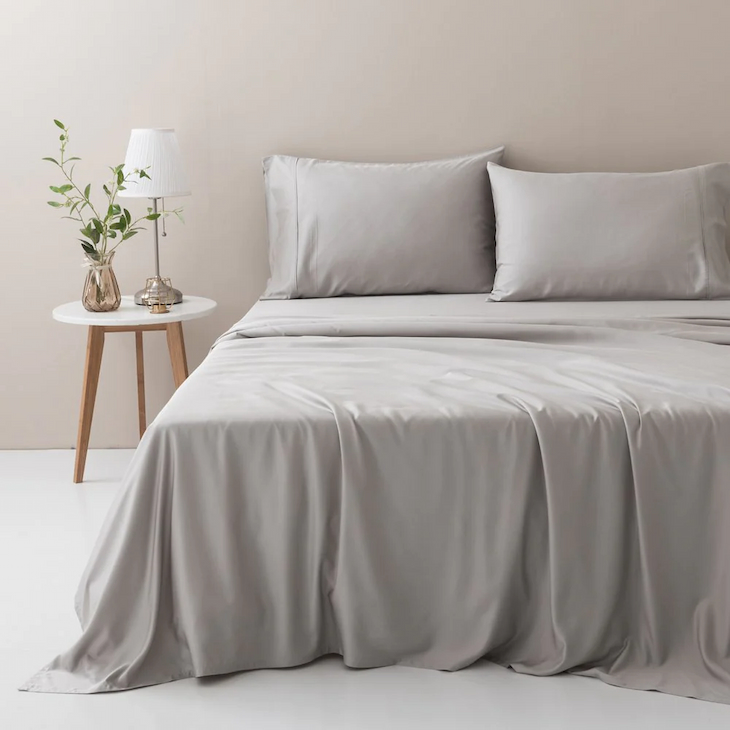
Bamboo linens are noted for being wrinkle-resistant and are softer than polyester or linen. Furthermore, bamboo sheets are strong, hypoallergenic, and breathable.
Polyester
Most sheets made of pure polyester are rough, whereas those made of polyester mixes are often softer and more comfortable. These sheets are wrinkle-resistant, simple to wash, and sometimes relatively economical. Polyester will be your best friend if you’re seeking bedding that you can wash and dry without steaming or ironing.
Yet, despite its benefits, such as the built-in water resistance, polyester collects oil and grease, making stain removal a pain, especially with white sheets.
Linen
These light sheets can quickly give your house a country ambience. Because linen is a naturally breathable, hypoallergenic material, they are especially helpful for hot sleepers and allergy sufferers
Although these sheets may appear perfect, their stiffness can occasionally be a drawback. With time and washings, this does become lighter, but they never quite achieve cotton’s heavenly softness.
Silk
A Natural fibre made by silkworms, silk is more expensive since it requires precise handling throughout manufacture. Silk sheets are known for their smooth and soft feel and their inherently hypoallergenic properties.
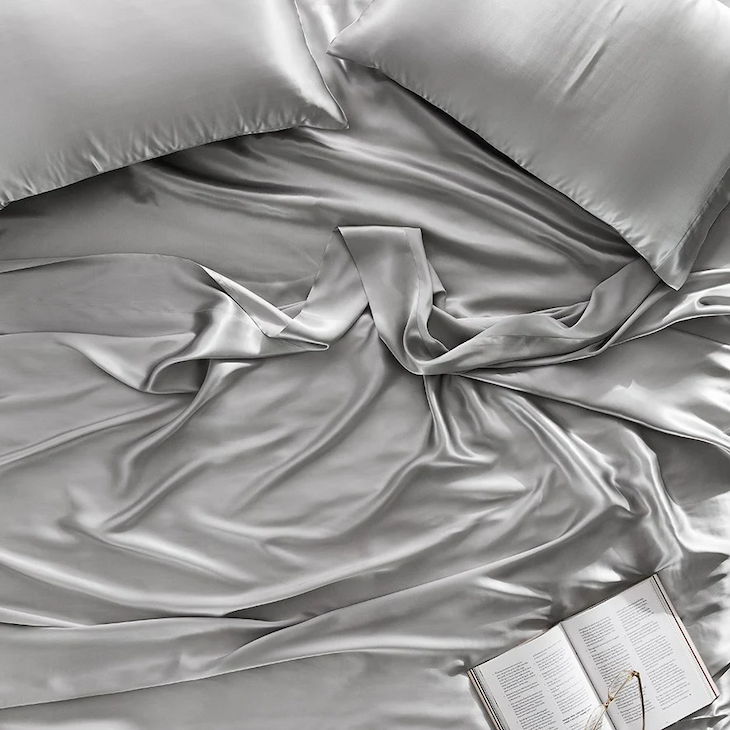
Aside from the cost, care and upkeep can also be time-consuming. But despite these drawbacks, silk bedding is cool, luxurious, and ideal for creating a romantic bedroom space.
Microfibre
Microfiber is just polyester that has been knitted very finely. It is more breathable than cotton but softer than polyester, making it suitable for chilly weather. Microfiber sheets are also perfect for children, those who eat in bed, and people who sleep with their dogs since they don’t stain.
Satin
Satin sheets have a seductive feel and are comprised of synthetic fibres. Similar to silk, adding satin bedding is a great way to bring some romance to a space. Be mindful of whether the satin is woven or knit while searching for these kinds of linens. Although knit gives the satin a slight amount of roughness, weaving makes it smoother.
What Do You Need to Know About Thread Count?
While marketing has led people to believe that a higher thread count is preferable, consumers quickly learn there are other considerations besides the number of horizontal and vertical threads per square inch when selecting the best sheets.

In actuality, thread count has lost ground to other factors in the decision-making process. The general guideline is to make sure there is a high enough thread count to create a proper weave so that you can be confident you have the resilience you require without compromising softness. Choose a thread count of 250 or more to ensure the weave is tight enough to give you long-lasting comfort.
Single- or Two-Ply Fabric?
Two-ply toilet paper and paper towels are obviously of better quality than their single-ply counterparts. But with bed sheets, it’s the other way around.
Two-ply sheets feel rougher to the touch and are less durable than single-ply sheets because they are woven more loosely. As a result, even if a single-ply sheet set has a greater thread count and less high-quality cotton than a two-ply set, you’re more likely to appreciate it.




